 |
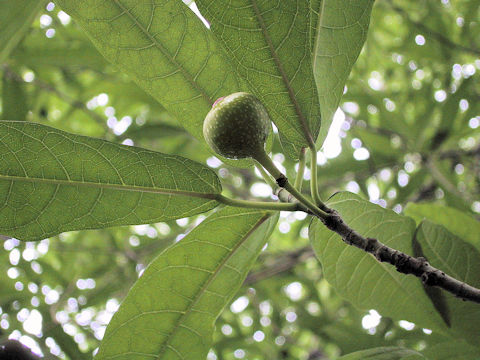

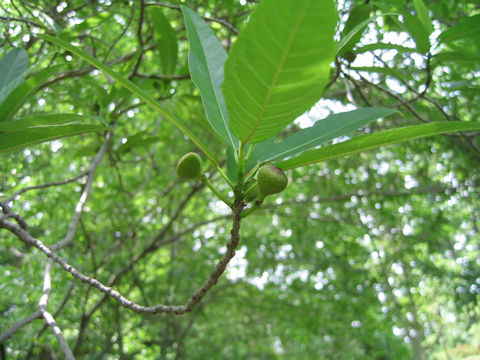

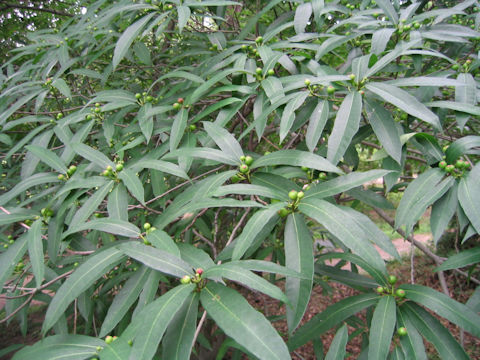

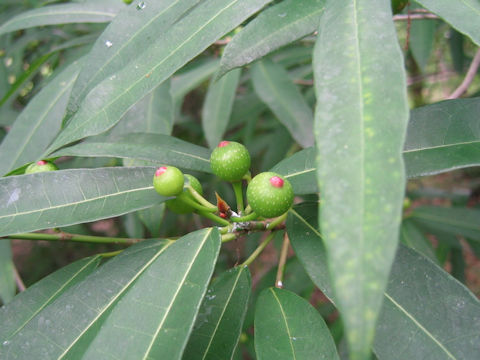

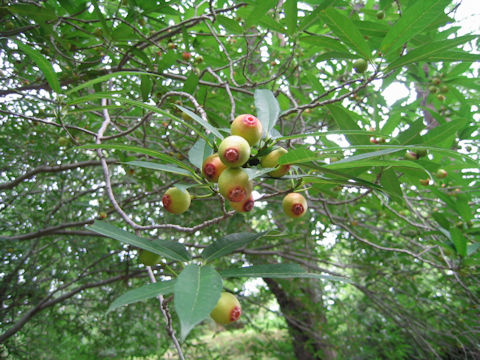

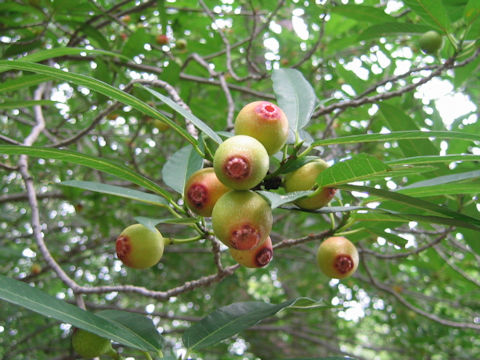

|

|
íªÌ{BAÖnûȼ©çlAãB»êÉäpɪzµÄ¢Ü·BRnɶ¦A³R`T[gÉÈèÜ·Bu¢ÊÑíi¢øfjvÌÏíÅAtªPDT`RZ`Æ×âj`ðµÄ¢Ü·BS©çU²ëAtãüÉ
`ÌÔXð¯An·ÆWgFÉÈèÜ·BHÉÍÙÌ©ÉIWFðÑѽ©FÉ©tµÜ·BäpØêÅÍu奶ÕvB
|

|
NÈC`WN®Ìt¬ØÅAw¼Í Ficus erecta var. sieboldii (syn. Ficus erecta var. beecheyana)Bp¼Í èܹñB
|

|
The "Hosoba-inu-biwa" (Ficus erecta var. sieboldii) belongs to Moraceae (the Mulberry family). It is a semi-tall deciduous tree that is distributed from the Kanto region of Honshu westward to Shikoku, Kyushu in Japan, and Taiwan. It grows in mountainous areas and grows 3 to 5 m high. From April to June, spherical syconiums are produced in the axils of the leaves, which turn light red when ripe. In fall, the leaves turn yellow with a hint of orange. In Taiwanese Chinese, it is called "奶Õ".
|

|
[ã] åã{ðìsuåãsåt®A¨vÉÄA2003N0705úBeB
[P] ¯ãÉÄA2004N0515úBeB
[Q`SEº] ¯ãÉÄA2005N0727úBeB
|







